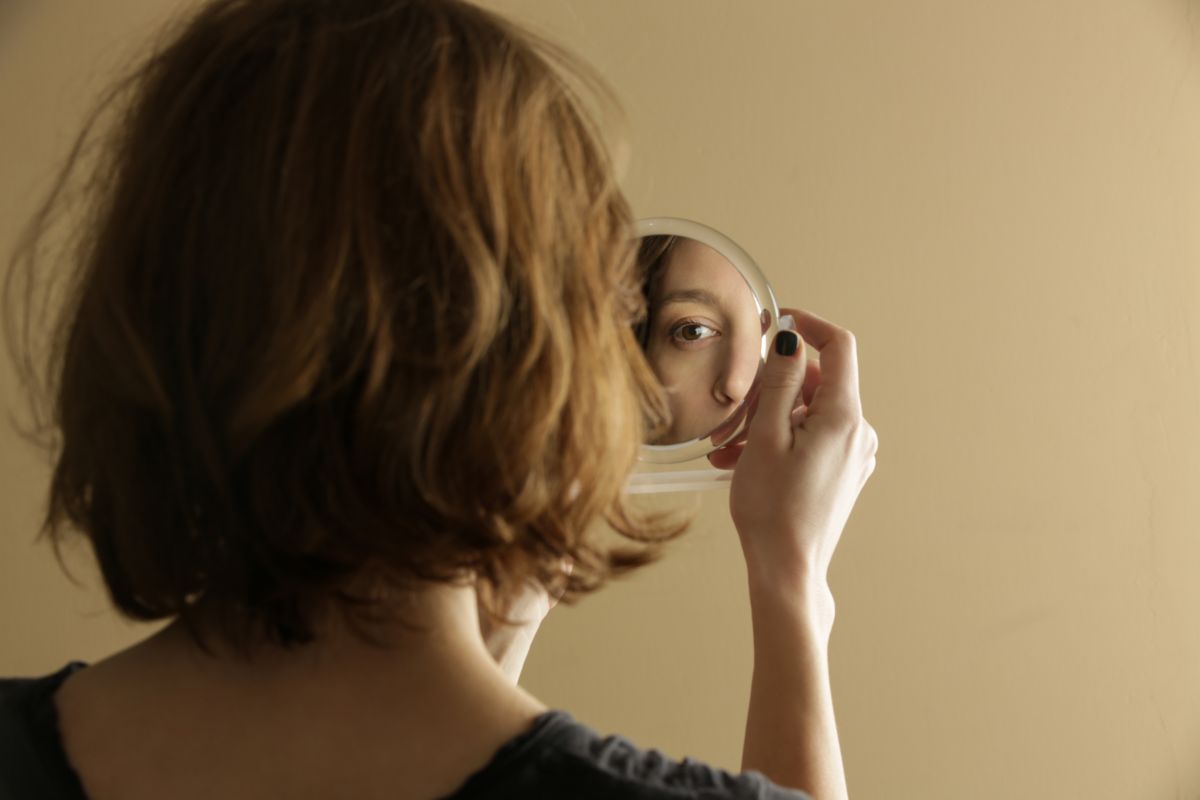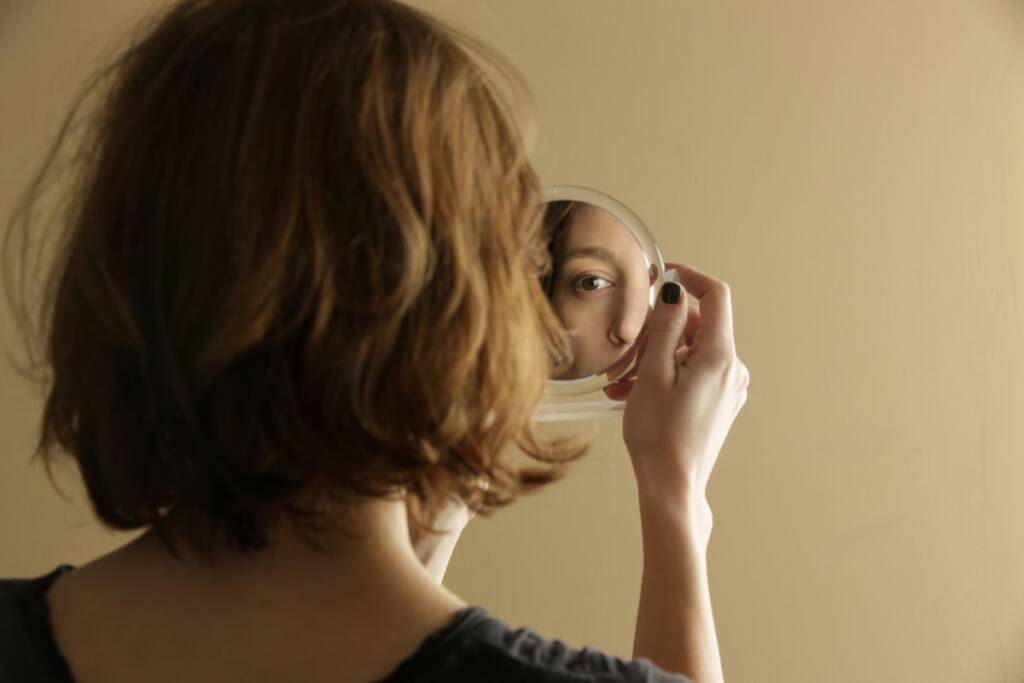Health
Dysmorphobia: what it is, symptoms and treatments

Dysmorphobia is a problem that affects the perception one has of oneself. Let's find out better what it is and what are the possible treatments.
When we talk about dysmorphobia we mean body dysmorphic disorder , a problem that leads to excessive concern about one's physical appearance. All of this can happen both in the presence of a small defect that is perceived as enormous even if objectively it is not at all, and in the total absence of anomalies.
A problem that can have different origins and that it is always important to investigate thoroughly in order to bring attention back to the right places, while at the same time giving greater serenity to those who live with this problem on a daily basis.
What does dysmorphobia look like?
As already mentioned, dysmorphobia presents itself with an exaggerated view of one's physical appearance.
Those who suffer from it therefore tend to find defects even where there are none or to see those usually considered "normal" as enormous.

Some examples may be thinning hair, acne, the presence of wrinkles or scars, pale skin, a face that may appear disproportionate, the shape of the nose or mouth , broad shoulders, a large or small body, etc. In some cases dysmorphobia can also occur for several problems at a time.
More present during adolescence, the manifestation occurs mostly during the first changes that occur precisely with puberty. In some cases, however, the problem can also manifest itself in more adulthood, completely affecting self-esteem. Either way it is obviously a situation that is important to deal with.
What are the symptoms of dysmorphobia
This particular disorder has a whole series of symptoms that make it easily identifiable and which, at the same time, highlight the difficulties it entails.
Among the most common are:
– Obsessive checking of one's image in the mirror
– Constant comparison with others
– The need to completely hide what one experiences as a defect
– Need to avoid crowded places
– Uneasiness in being with others
– Excessive physical activity
– Restrictive diets
– Constant correction with cosmetic surgery
– Anxiety
– Lack of concentration
– Disinterest in everyday life
– Depression
These symptoms are obviously just some of those present in case of dysmorphobia. In the most serious cases, for example, it is possible to find yourself having suicidal thoughts. In the presence of even one of these problems it is therefore advisable to always ask the psychotherapist for help in order to find a way to make peace with one's image and start living a better existence .
As for the causes, there may be traumatic events related to the vision of oneself or capable of lowering self-esteem. In some cases, perfectionism, great aesthetic vision and the need for control are added to all this. It is therefore possible that there are people who, regardless of their experience, are more predisposed to suffer from this disorder.
Diagnosis and treatment
For a certain diagnosis of this disorder it is important to contact a psychotherapist who, based on observation of the person and dialogue on various types of topics, will be able to get a clear idea of the underlying problem. Indeed, in some cases, an obsession with weight that is not associated with other symptoms could indicate a different problem such as, for example, anorexia . It will therefore be up to the psychotherapist to evaluate all the elements and then arrive at the conclusion.
Once this is done, we obviously move on to therapy which in the case of dysmorphobia is cognitive behavioral therapy . It can also be associated with some drugs and serotonin inhibitors.
Then follow exercises, relaxation techniques and methods to avoid triggering new obsessions and to learn to work on those already present. Which with the help of psychotherapy and work on oneself and on the dominant problem can make the difference leading to a marked improvement in symptoms or healing.
Riproduzione riservata © - WT











